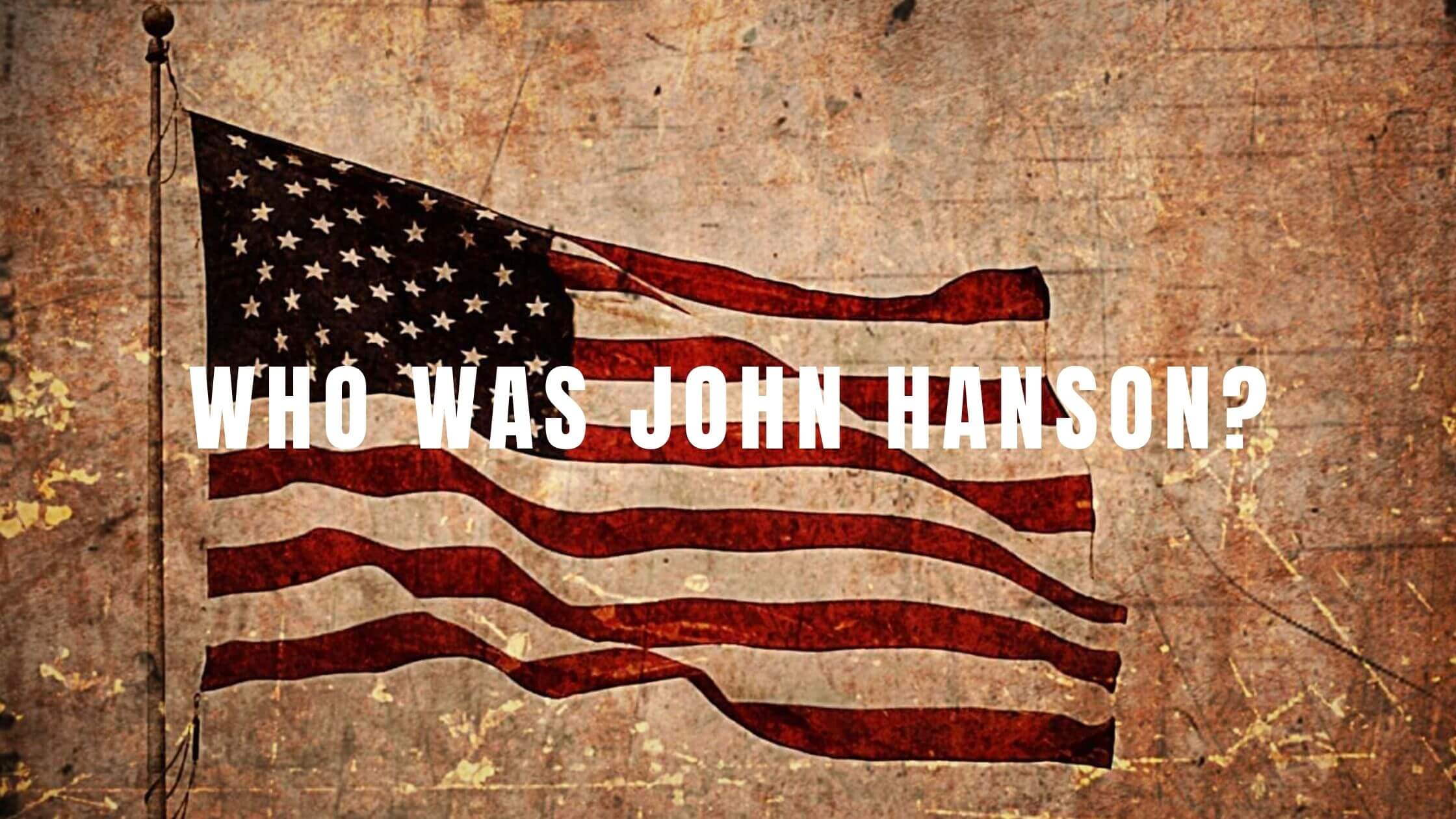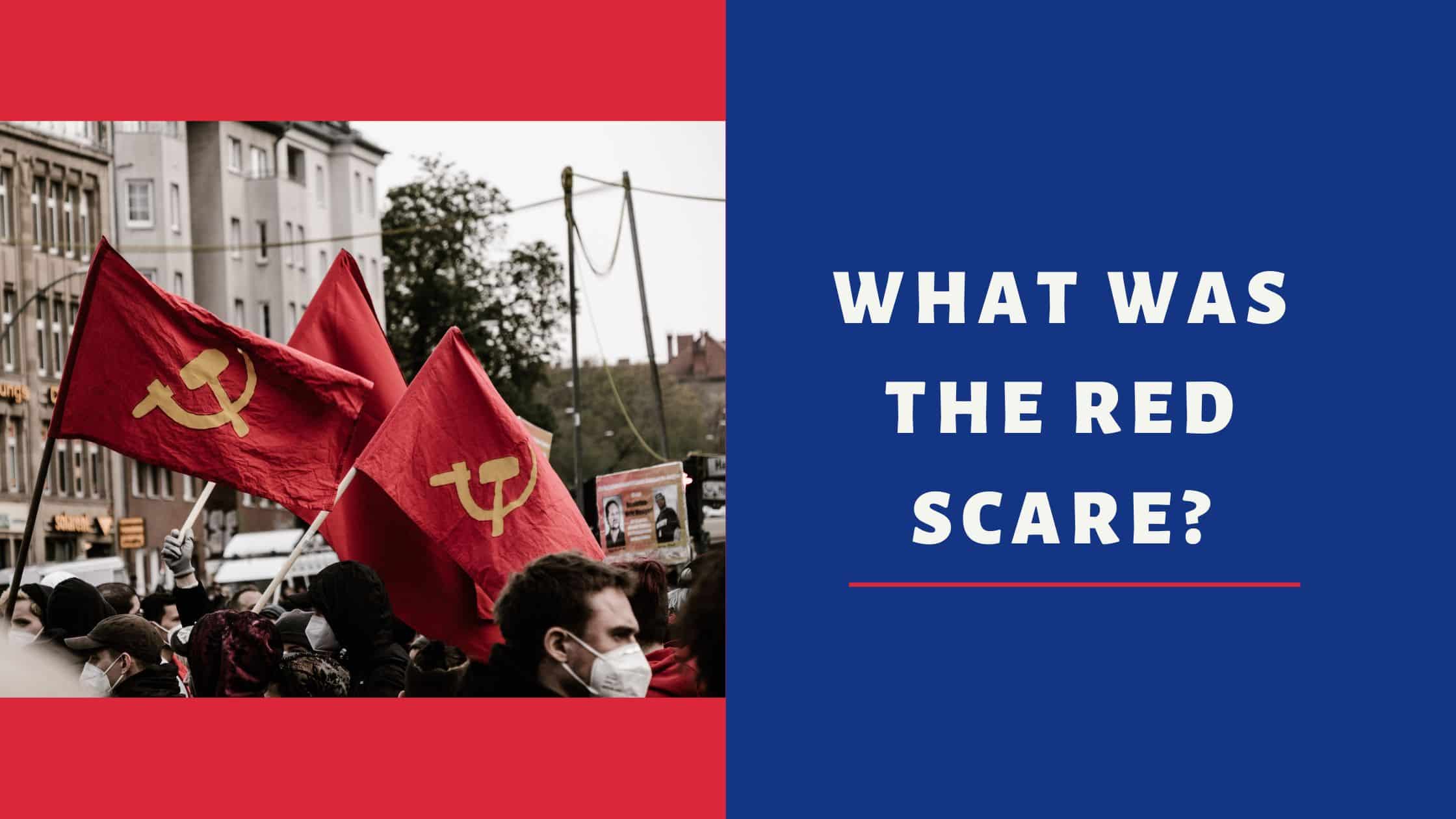Table of Contents
ToggleBeginnings: The Crash of 1929 & Great Depression
Five days in late October 1929 (October 24th-29th), highlighted by “Black Thursday” and “Black Tuesday,” ushered in the Great Depression and resulted in the largest sell-off of stock in United States history, culminating in a tremendous loss of money (in the billions), the devastation and complete ruin of many stockholders and a collapse of the entire economy.
The Great Depression remains the worst economic crisis in the United States, a prolonged affair that saw widespread unemployment, businesses shut down, homes foreclosed, and American people starving.
“Hoovervilles,” makeshift shanty towns built from rusted cars, available scraps, and mismatched pieces of anything that could be gathered, signified the desperate times the American populace faced.
FDR’s election
The 1932 presidential election featured incumbent President Herbert Hoover against the Democratic nominee Franklin Delano Roosevelt (FDR).

Though the Republican Party had dominated American politics since the Civil War of the 1860s, the American public was desperate for change amid the Great Depression, and a shaken Herbert Hoover stood little chance.
Franklin Roosevelt campaigned with the promise of a New Deal to help revive the economy by using the federal government’s extensive powers. Roosevelt dominated the election, winning the Electoral College vote by 472 to 59.

Get Smarter on US News, History, and the Constitution
Join the thousands of fellow patriots who rely on our 5-minute newsletter to stay informed on the key events and trends that shaped our nation's past and continue to shape its present.
The New Deal
Roosevelt’s early tenure in the White House
Almost immediately after being sworn into office, Franklin Delano Roosevelt helped push a package of legislation that was designed to help alleviate the country’s economic woes.
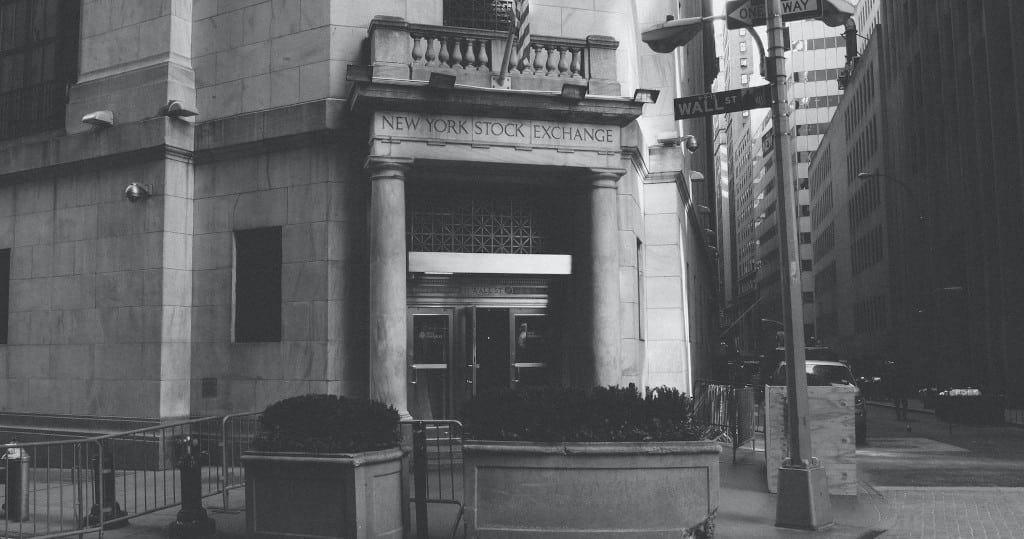
This legislation included placing a moratorium called “a banking holiday” to end the ongoing run on banks. It also created a new set of federal agencies known as “alphabet agencies.”
The alphabet agencies
Numerous “alphabet agencies” were created by President Franklin Delano Roosevelt and his key administrators, AKA the “Brain Trust,” during the New Deal’s tenure, which lasted from 1933 to 1939.
Over 43 new agencies were established during this period, and many are still in existence today. These agencies include :
- Agricultural Adjustment Administration (AAA)- Stabilized farm prices in an effort to save farms.
- Civilian Conservation Corps (CCC)- Provided jobs to the unemployed (mainly male youths). The group planted over three billion trees, carved out paths, and built shelters in over 800 parks nationwide.
- Civil Works Administration (CWA)- Employed unemployed Americans, building 44,000 miles of new roads, 1,000 miles of new water mains, 4,000 new or improved schools, and 1,000 new or renovated airports.
- Federal Communications Commission (FCC)- Still a significant government agency today, the FCC was created to manage wire and radio communication across the United States.

- Federal Housing Administration (FHA)- An existing agency that today is a part of HUD (Housing and Urban Development), the agency provides mortgage insurance, providing insurance for single-family homes, multi-family properties, and hospitals across the United States.
- National Labor Board (NLB)- The first collective bargaining administration created to handle labor disputes. The agency fizzled out shortly after creation and had to be modified.
- National Recovery Administration (NRA) – The agency was introduced to stabilize consumer goods through a set of codes related to fair competition.
- Public Works Administration (PWA)- A public works agency that oversaw infrastructure projects. Famous PWA works include the Hoover Dam, Grand Coulee Dam, the Lincoln Tunnel in New York City, and several large airports, including Boston, Los Angeles, Portland, and Atlanta.
- Securities and Exchange Commission (SEC)- A prominent agency to this day, the SEC was designed to enforce economic law and to prevent another market crash like the one that precipitated the Great Depression in 1929.
- Tennessee Valley Authority (TVA) – The TVA brought jobs and introduced electricity to rural parts of the United States, especially the rural south.
The New Deal’s Legacy
The New Deal has a complex, complicated, contradictory legacy. The program had ambitious aspirations and resulted in many notable accomplishments while at the same time failing to reach its fully stated goal of complete economic recovery.
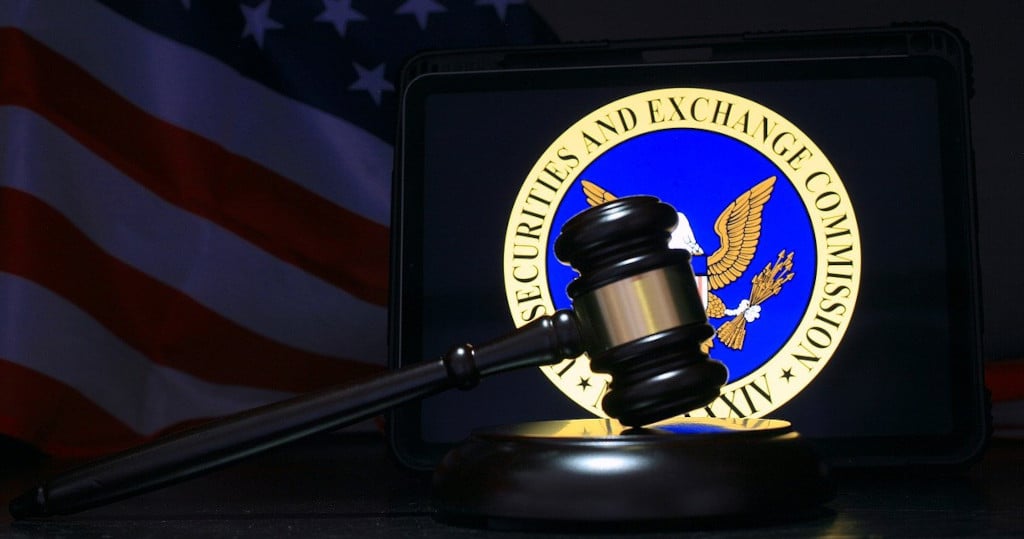
With the benefit of hindsight, we can review the program’s successes and failures.
What the New Deal accomplished
Addressing unemployment
Agencies previously discussed above, like the CCC, CWA, PWA, and TVA, as well as pieces of administration like the Federal Emergency Relief Administration (FERA), which provided funds to state governments to give to those out of work, improving the unemployment situation.
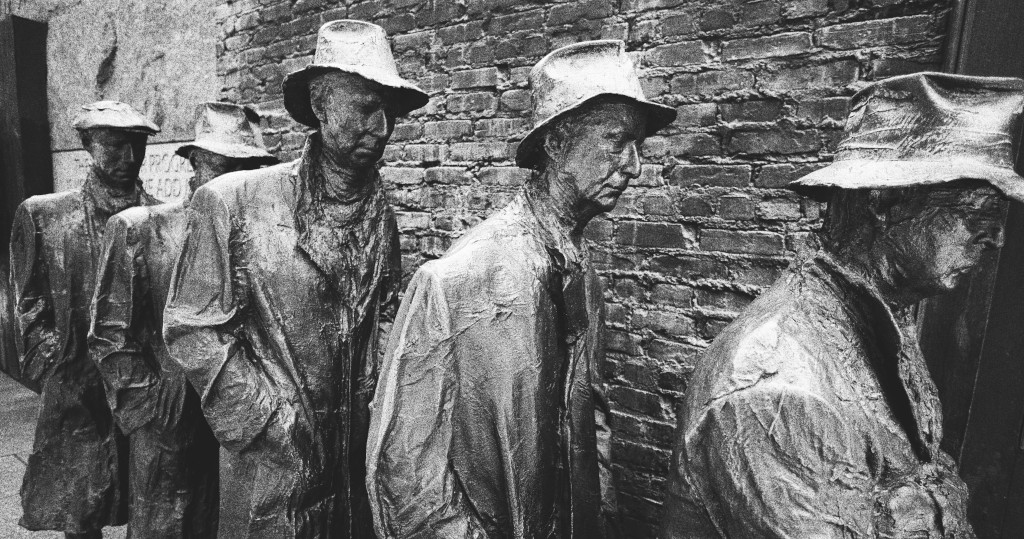
FDR’s new deal provided jobs, money, and hope to those who had been unemployed for long stretches during the height of the Great Depression.
Structural reform
Structural reform was a key component of the New Deal, enacted to help prevent future economic disasters and fallout.
Agencies like the SEC and Federal Deposit Insurance Corporation (FDIC) were created to help prevent future disasters and serve as financial watchdogs.

One of the most important pieces of legislation during this period was the Social Security Act which provided security for older citizens, and retirees, by creating a self-sustaining plan for retirement pension plans guaranteed to every citizen.
Legacy of accomplishment
The New Deal’s accomplishments helped save capitalism in the United States, put people back to work, and helped significantly lessen the tremendous unemployment accrued during the Great Depression.
The biggest accomplishment of the New Deal was the restored hope that it provided to everyday Americans, reviving faith in the American system and way of life.
Where the New Deal fell flat
The New Deal was not economically successful due to a lack of using fiscal policy in tandem with monetary policy.
Failed economic recovery
The New Deal lacked a balance of deliberate and sustained counter-cyclical spending that would allow it to spend vast amounts of money on public works and other government-related projects while spurring private development and investment.
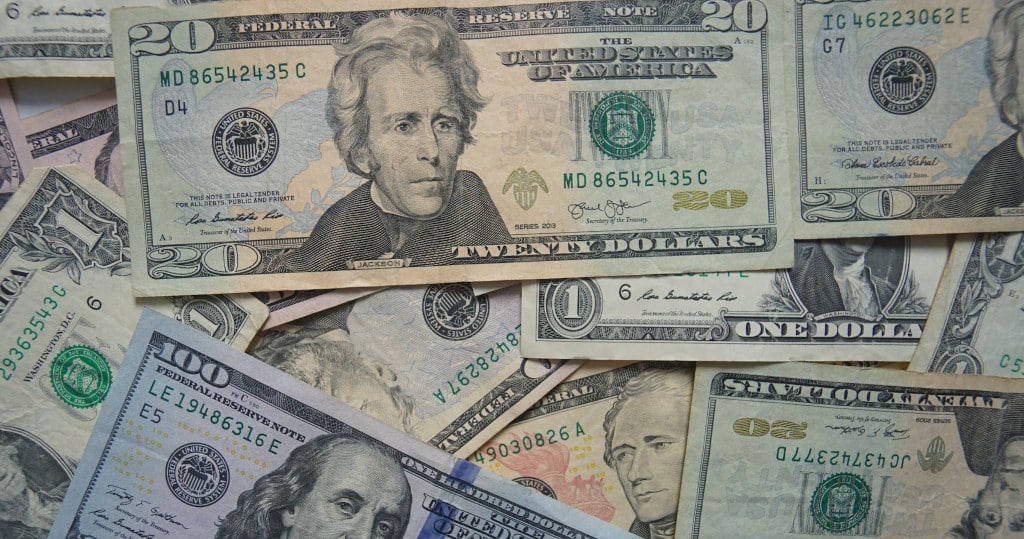
Its policies tended to alienate businessmen, limiting private investment and expansion. The NRA especially alienated private businessmen.
Contradictions
New Deal programs often embarked on contradictory initiatives. Notable contradictions included Social Security pouring vast amounts of money into pensions that were taken out of the economy when desperately needed, not to be paid out until 1942 at the earliest.
Another glaring contradiction was the Agricultural Adjustment Administration’s spending vast amounts of money to take land out of circulation and theoretically increase prices earned by production. This was negated by a large-scale processing tax used to purchase the land.


